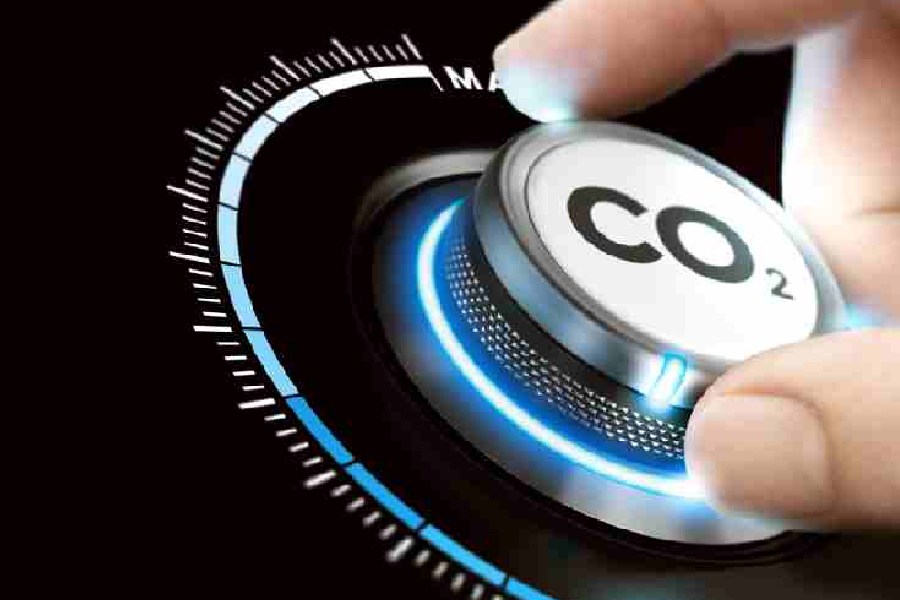Carbon dioxide levels as measured atop a Hawaiian volcano extended their record-breaking rise in 2023, reaching a level more than 50% higher than at the onset of the industrial era, US scientists reported on Monday.
CO2 at the Mauna Loa Atmospheric Baseline Observatory reached 424 parts per million in May, up 3 ppm from the previous year and continuing a climb into a range from an era millions of years ago, the US National Oceanic and Atmospheric Administration and the Scripps Institute of Oceanography said.
NOAA's average measurement came in at 424.0 ppm. Scripps, which maintains an independent record, showed an average in May of 423.78 ppm, also an increase of 3.0 ppm from a year earlier. Measurements are taken in May because it is the month when CO2 peaks in the Northern Hemisphere.
The outpost on Mauna Loa has measured atmospheric CO2 since 1958, when the level was less than 320 ppm, and shown a steady increase since then in what NOAA Administrator Rick Spinrad called "a direct result of human activity."
The upward trend is known as the Keeling Curve for how the ascent is depicted in a graph and named after David Keeling, who started the measures for Scripps in 1958. NOAA began collaborating with Scripps on the measurements in 1974.
The Scripps program is now run by Keeling's son, geochemist Ralph Keeling.
"What we'd like to see is the curve plateauing and even falling because carbon dioxide as high as 420 or 425 parts per million is not good," Keeling said in the NOAA statement. "It shows that as much as we've done to mitigate and reduce emissions, we still have a long way to go."
This year's measurements were taken from a temporary site because lava flows cut off access to the Mauna Loa observatory in November 2022, NOAA said.










